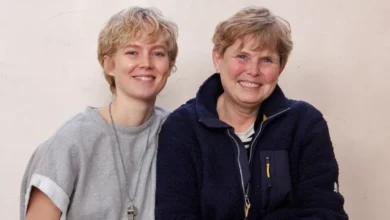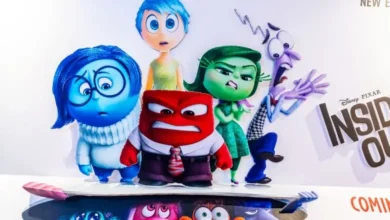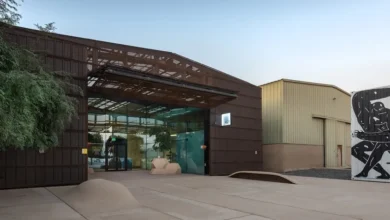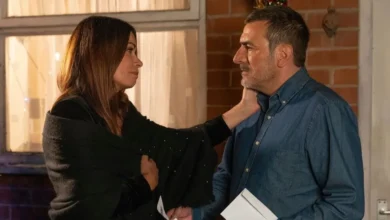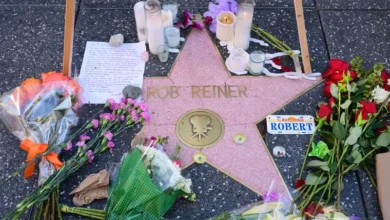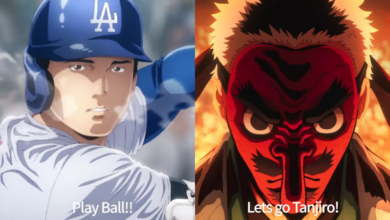The Manchester puppet masters who made the stars of Guillermo del Toro’s Pinocchio
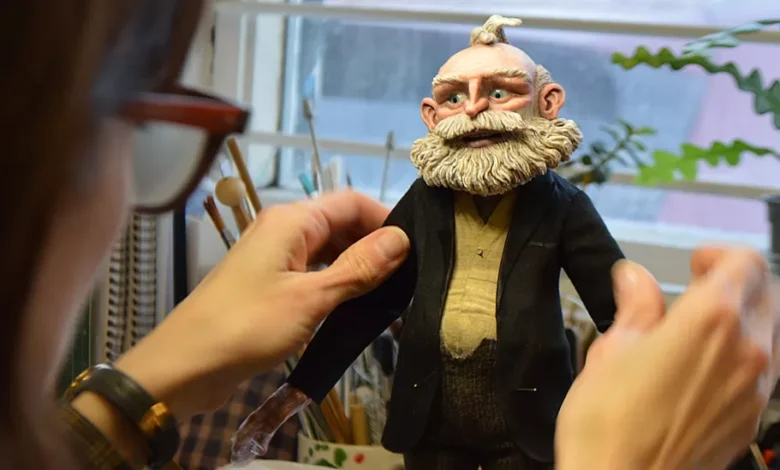
An unremarkable low-level building tucked off a suburban street in Greater Manchester hides the studio where the stars of one of this year’s hotly-tipped Oscar contenders were born.
In a small room inside an anonymous industrial block, an old man with a bushy white beard is being fitted with a dinner jacket, ready for the red carpet at the Bafta Awards.
There seems to be some unease in his wide eyes as a designer feels and pins the fit of his smart new suit.
“He doesn’t look comfortable in it,” remarks Peter Saunders, one of the heads of the studio where this fitting is taking place. “He’s not used to being all trussed up like that, you see.”
Geppetto, a humble Italian woodworker, is more used to wearing his weathered carpenter’s clothes. But he has no say in his new outfit.
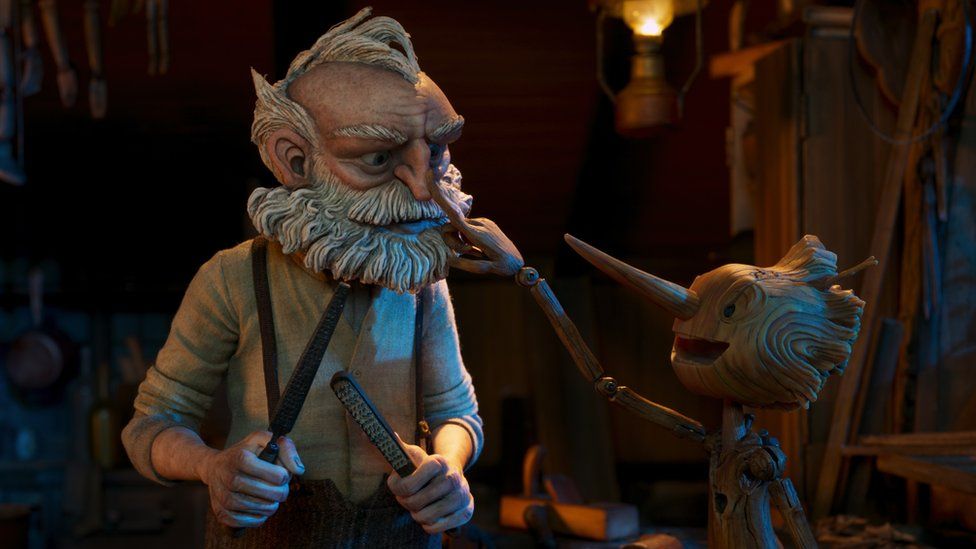
About 35cm tall, he is one of the puppets used in director Guillermo del Toro’s recent stop-motion animation adaptation of Pinocchio.
In the classic story, Geppetto makes the wooden boy whose nose grows when he lies.
In reality, for the film, both characters – along with the other main cast members – were constructed by animation studio Mackinnon and Saunders, based in Altrincham, Greater Manchester.
After being given his miniature tailored suit in the company’s costume department, Geppetto went on to join the other stars of this year’s awards season at the Baftas in London last weekend, where the film won best animated feature.
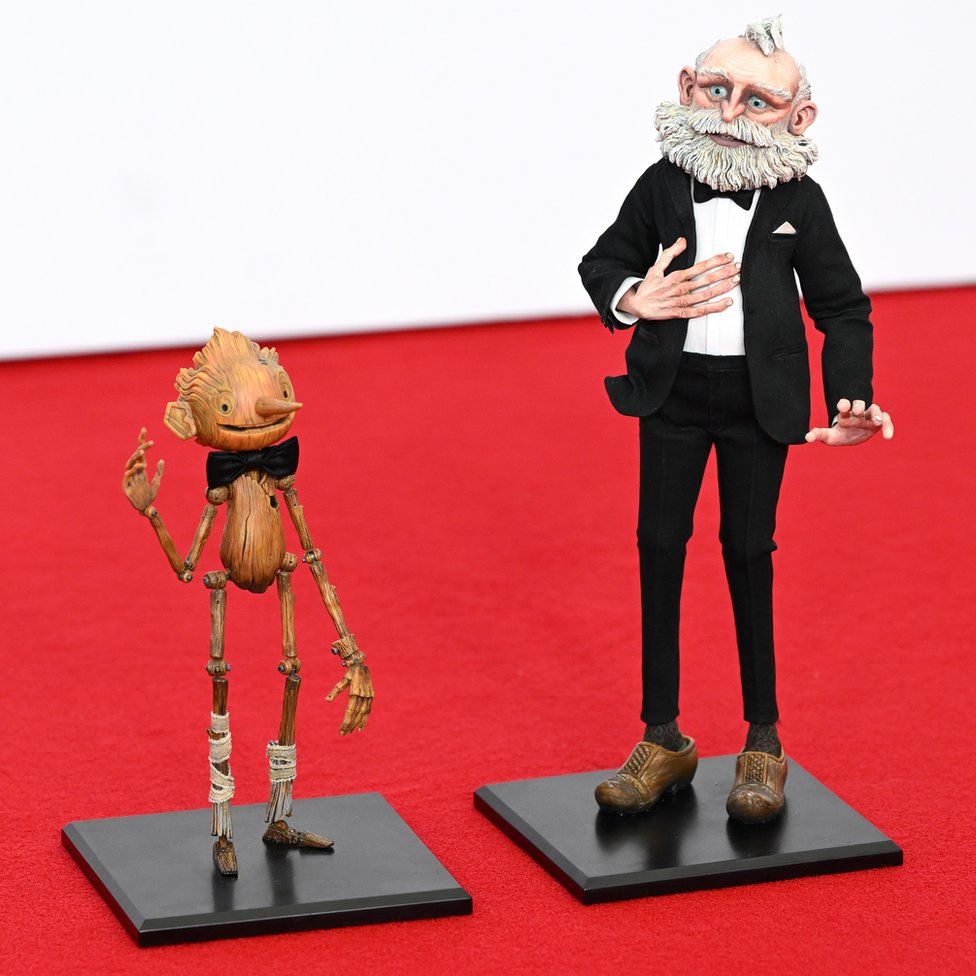
It has also won a Golden Globe and a Critics Choice award, and is odds-on favourite to be named best animated feature at the Oscars in two weeks’ time.
Backstage at the Baftas, Del Toro praised the British puppet studio. “Mackinnon and Saunders in Manchester, England, are the best at doing this,” he told reporters. “They are unparalleled.”
This low-key mainstay of the British animation industry has made its home in an unglamorous building eight miles south of the city centre.
“It’s not exactly Hollywood,” Saunders admits as he surveys the unkempt car park, backing onto a canal.
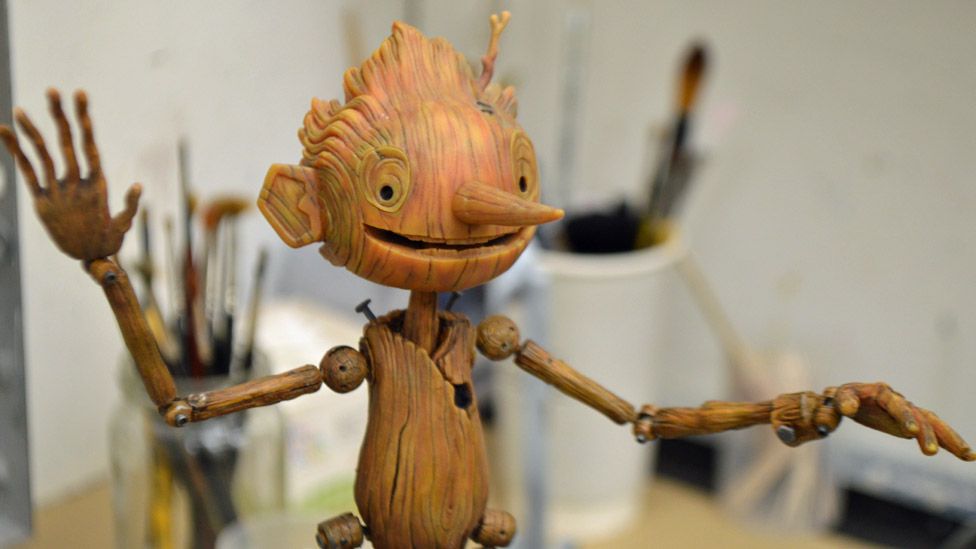
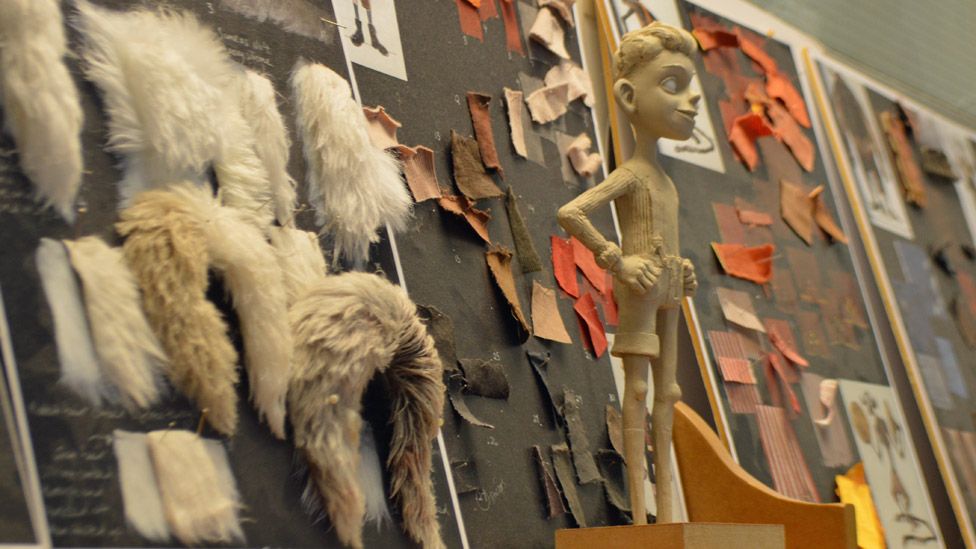
Back in the costume department, the desks are covered in pins, cotton, fabric, toothpicks, glue bottles and scissors. There are tiny belt buckles, and small buttons to be added to Geppetto’s suit.
On the wall are samples from costumes for the film, and a single micro fingerless glove that one of the costume-makers painstakingly knitted for Geppetto using pins. Del Toro decided against using it in the film in the end.
In another workshop, model-makers craft metal skeletons for characters for a top secret new children’s show. Their workstations are similarly strewn with the tools of their trade – small screwdrivers, chisels, files, clamps, brushes. One steel foot fixture will take a few days to make.
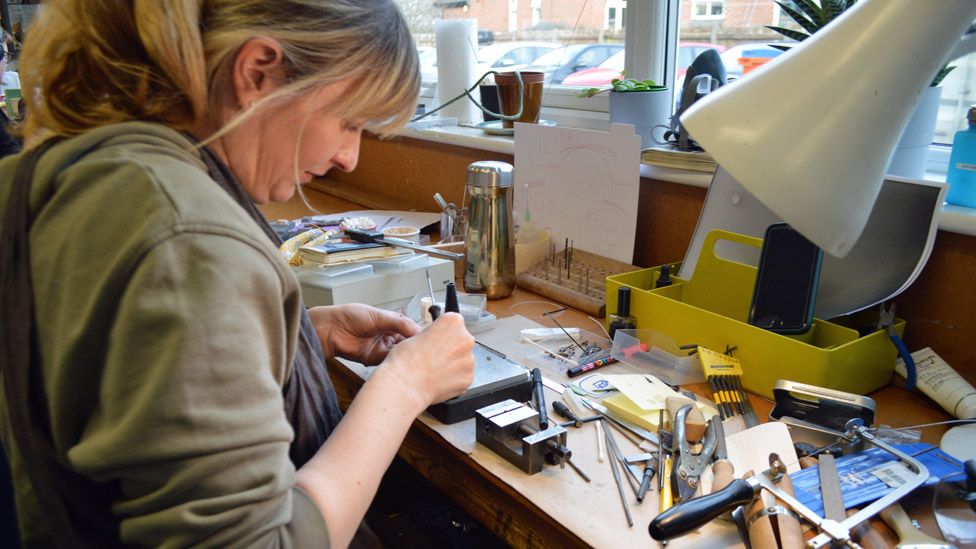
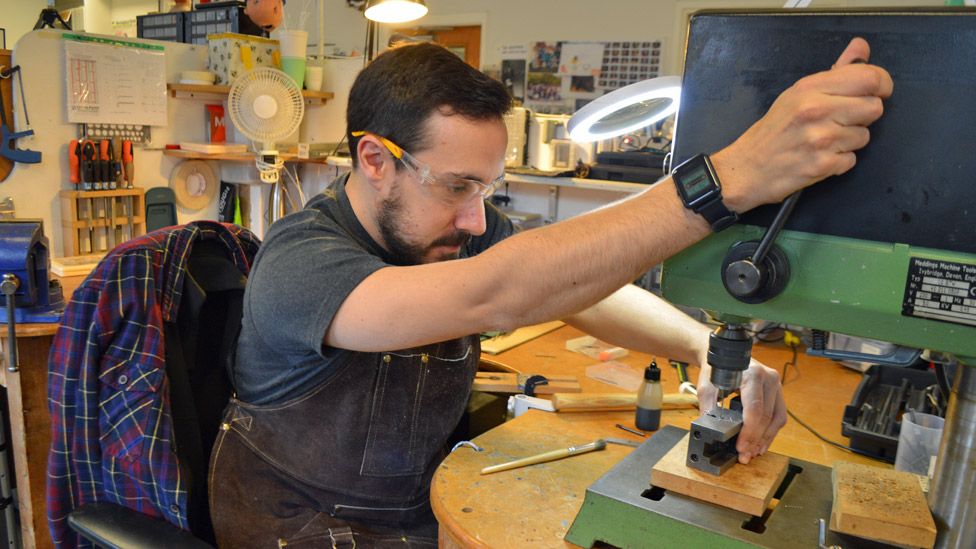
Upstairs, in a meeting room, Pinocchio is joined by Postman Pat and Pingu on shelves bearing some of the characters the company has worked on.
There are also aliens made for Tim Burton’s Mars Attacks, Mackinnon and Saunders’ first foray into Hollywood in 1996. Burton was unable to use stop-motion animation in the end, but was impressed by the company.
He went back to them for The Corpse Bride and Frankenweenie, and Wes Anderson called upon them for The Fantastic Mr Fox.
An exhibition of the company’s work in nearby Sale features models from those films as well as children’s TV shows like Bob the Builder, Ra Ra the Noisy Lion, Twirly Woos and The Clangers.
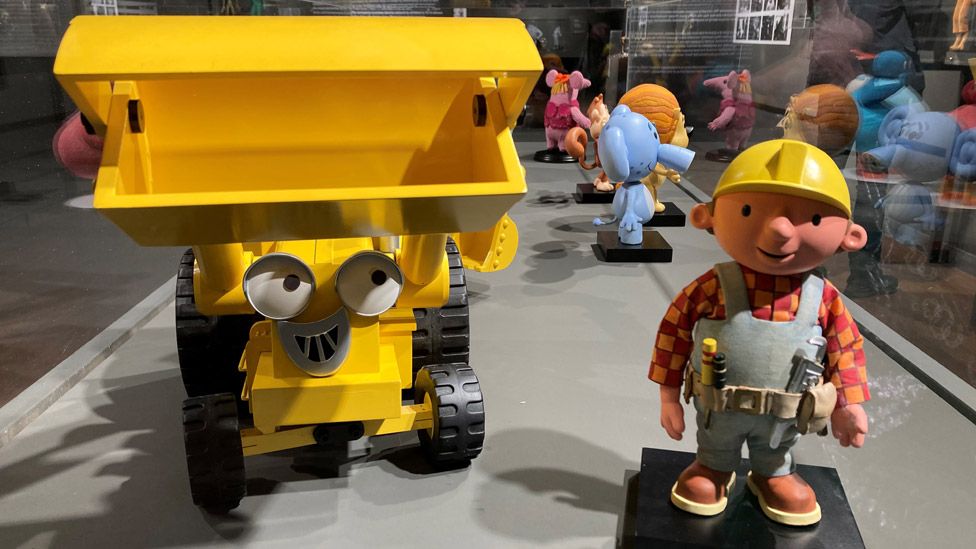
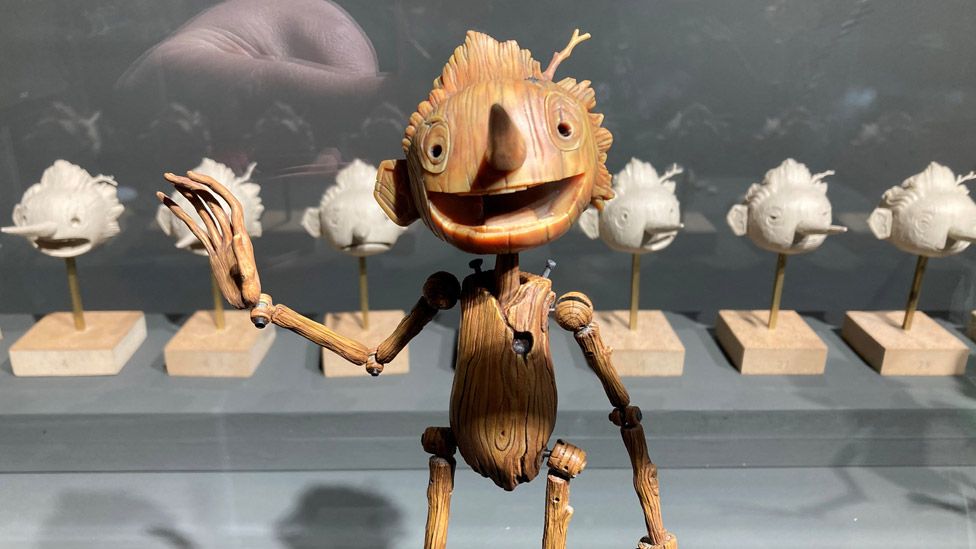
Saunders says creating the models for Pinocchio took 62 people tens of thousands of hours over four years.
The characters are based on illustrations by US artist Gris Grimly, but the film’s final designs were created through many back-and-forth emails between Del Toro and his team, and Mackinnon and Saunders.
The Mexican director knew exactly what he wanted, down to tiny details about, for example, Geppetto’s hands.
“Guillermo was very determined that they should look like workers’ hands,” Saunders says. “It the was the dirt on the fingernails that he was concerned about. It was the calluses on the palms of his hands.
“‘Do you want two calluses? Do you want 10 calluses? Do you want them to be bloodshot or milky white or whatever?’
“It went on for weeks. It felt like months. But it’s that level of detail that is fun to try and realise.”

He continues: “Guillermo had a very distinct idea of what he wanted, and he pushed and pushed and pushed until it was just right, and we love that process of trying to get things right for people.”
I must watch it again and pay particular attention to Geppetto’s hands, I say. “I don’t think you’ll notice,” Saunders laughs. “But it’s there!”
As for Pinocchio, rather than using a usual steel skeleton covered with foam and silicone, the company developed a method of 3D printing Pinocchio’s body parts in metal, allowing multiple identical versions to be made.
Even more versions of his face were manufactured, each with slightly different expressions, which could be easily taken on and off, and held in place using magnets.
Once the models were completed to Del Toro’s satisfaction, the equally painstaking work of bringing them to life was done in Portland, Oregon, and Guadalajara in Mexico.
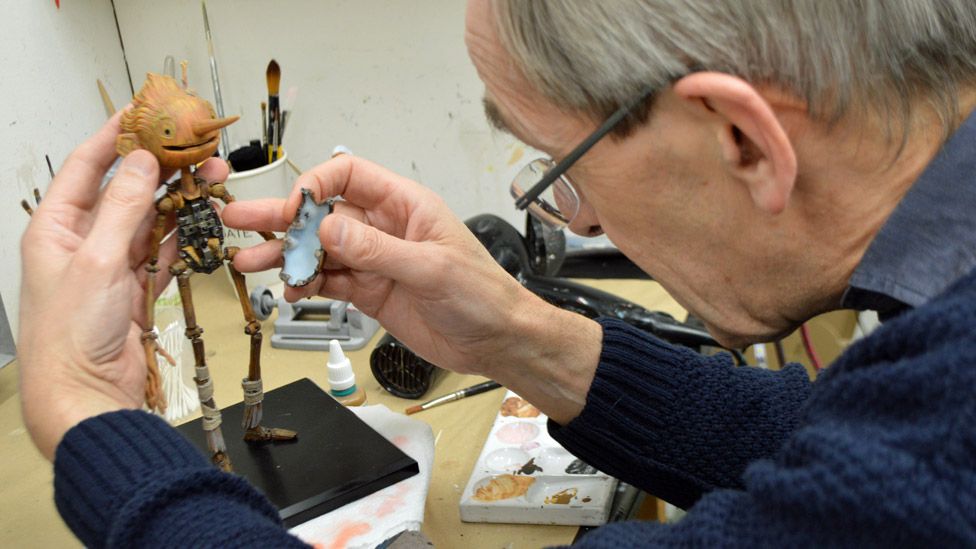
Saunders formed the company with Ian Mackinnon after Cosgrove Hall, the legendary Manchester-based animation studio they worked for, folded in the early 1990s.
Their firm now employs about 110 people, but there have been warnings over the future of the British animation industry because of competition from other countries with more generous tax breaks.
It is a “really difficult” time for British animation, Saunders says.
“We’ve always had highs and lows with the type of work we’ve done. We’ve had some fantastic highs in terms of feature films and some fantastic children’s TV series that we’re very proud to be associated with.
“But maybe a year after those successes, there is no work. It’s always been this rollercoaster of a ride, and I think because of these tax credits, the highs and lows are getting perhaps a little bit more extreme.
“So there is concern that the British animation industry is slowly bleeding to death. That may be an over-exaggeration, but it’s certainly under pressure from these countries where there are such generous tax breaks.”
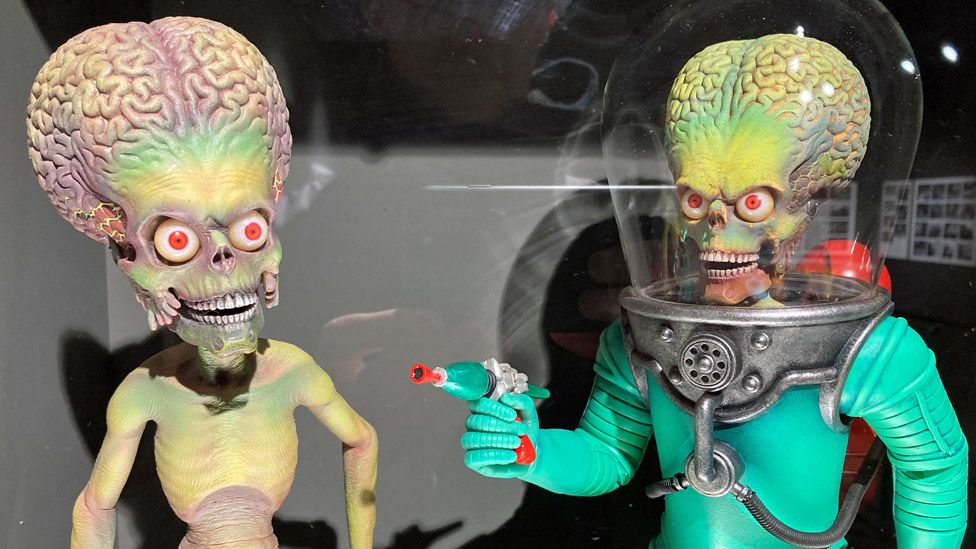
A government consultation on plans to reform the UK’s TV and film tax credits has just closed.
Earlier this month, Wallace and Gromit makers Aardman Animations told the Guardian that British companies may be forced to move abroad in order to compete. Saunders is not considering that, however.
“Ian and myself have got roots in the north-west. I’m from Rochdale. Ian’s from Warrington. We love being based in Altrincham. We’ve got a great company here.
“We employ a lot of people from the north-west but we also attract people and work from all over the world, so we’re in a very privileged position.
“The building may not look any great shakes, but what takes place within it is still a wonder to me.”
Things like making Pinocchio and Geppetto – and his dinner jacket, which might get an outing in Hollywood when the Oscars come around.
